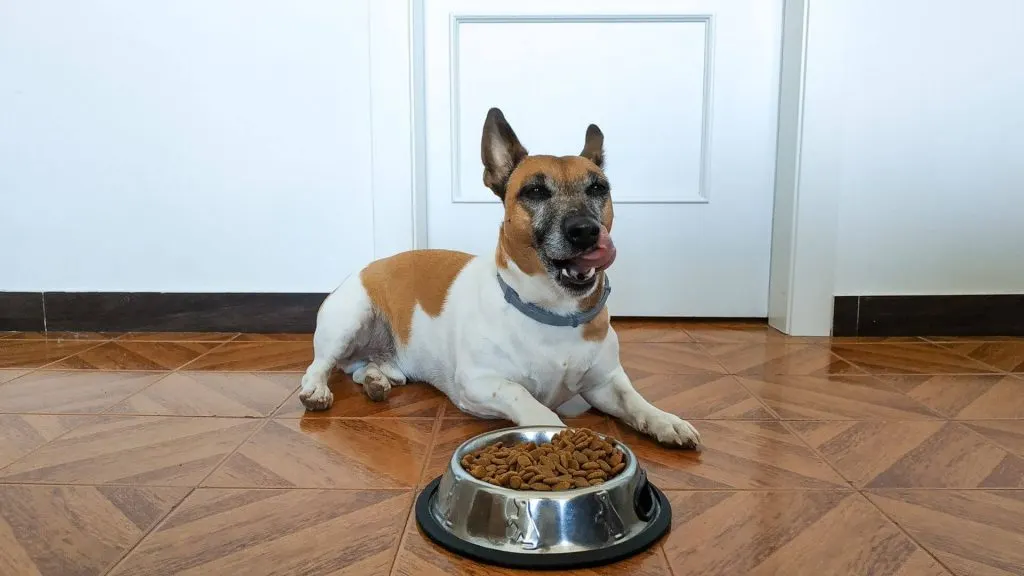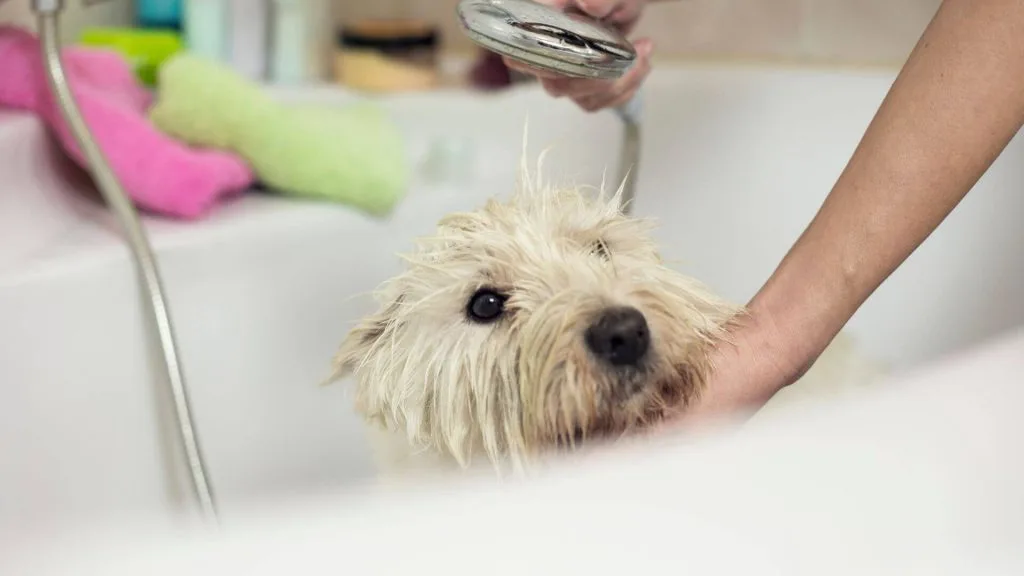What’s a dog yeast infection? If you have noticed your dog scratching obsessively, shaking his head, and frequently licking his paws, it might be time to bring your poor dog to the vet. These could be signs of yeast infection. This nasty condition is common among dogs with skin folds or allergies. Yeast infections in dogs cause inflammatory skin conditions in their skin folds, especially in the ears, genital region, and paws.
The fungus that lives in your dog’s intestines is called yeast. It normally lives in the dog’s digestive tract and helps your dog digest his food. But overgrowth of yeast becomes an infection, and this is where the problem starts. Your dog will begin to suffer the effects of this fungal infection.

Manage Yeast Infections in Dogs
What Causes Yeast Infection in Dogs?
Particularly, there are two species of yeast that can be problematic for your dog—Candida albicans and Malassezia. Normally, yeast is kept in check by your dog’s friendly occupant in their gut. These friendly bacteria compete with Candida for food, thus keeping the yeast from overgrowing. But in some cases, when yeast grows out of control, it can cause irritation in the cells lining your dog’s gut. This will cause inflammation, and eventually, yeast will enter your dog’s blood.
Dogs that have compromised immune systems due to medications, such as antibiotics and steroids, can easily get this infection. It is also quite common to occur during allergy seasons, especially in dogs that are being treated with antibiotics or steroids.
How Do You Manage Yeast Infection in Dogs?
Fortunately, an effective home remedy for managing yeast infection just needs a change of diet and some changes in your dog’s lifestyle. So, stop your fur-baby from tearing itself apart and try these easy ways of managing dog yeast infections.
 Change Your Dog’s Diet
Change Your Dog’s Diet
If your dog is prone to fungal infection, or if they already have a yeast infection–otherwise, you wouldn’t be here reading through this article–then it’s time to double check your dog food ingredients list. You should choose an anti-yeast dog food that veterinarians and nutritionists specially formulated to help support your dog’s skin infections and overall immunity.
Rinse With Apple Cider Vinegar
It is scientifically proven that Apple Cider Vinegar is antifungal. Research shows that it can prevent the growth of Candida. So, apple cider vinegar can help stop yeast overgrowth and restore your dog’s healthy pH levels. All you need to do is dilute apple cider vinegar with water and apply it directly to your dog’s coat. Keep in mind that yeast loves to dwell in wet environments, so apply the solution immediately after bathing your dog. Also,
Soothe Your Dog’s Yeast infected Ears
One way of knowing how well you are managing the yeast infection in your dog is by checking your dog’s infected ears. If the yeast-infected ears are in bad shape, you can use a green tea solution to treat them.
This approach has proven to be effective in treating yeast infections and handling inflammation. People from all around Boone County are advised by the professionals in their vet clinic in Lebanon to do this as often as possible. For example, if your dog is suffering from a yeast infection in their ears, then make sure to clean and flush out your pet’s ear with the green tea solution every day.
You can start by adding some green tea bags to the boiled water. Allow the green tea to seep out from the tea bags into the boiled water for a few minutes to get the most out of them. Then, allow the solution to cool down to a lukewarm temperature before applying it to your dog’s ear canal. Use a syringe or sponge to apply the green tea solution.

Apply Homemade Coconut Oil Mixture
Treating your dog’s yeast infection using coconut oil mix is one of the best homemade solutions. Add two drops of lemon essential oil and ten drops of lavender oil into an 8 oz bottle of virgin oil, then shake well. Apply the mixture to the affected area of your dog’s skin. Store the mixture in a safe place and apply it regularly to your dog every week.
Frequent Baths Using Prescription Shampoos
Make bathing a regular routine for your dog. This can help remove yeast from the surface of your dog’s skin. Prescription shampoos are specially formulated for treating various skin problems in dogs, so it’s best to visit your vet so they can prescribe the right one for your dog’s condition.
Have Them Take Fatty Acid Supplements
Fatty acids are one of the most beneficial supplements you can add to your dog’s diet–especially if your dog suffers from skin infections. They help reduce inflammation, thus relieving the itching in dogs suffering from yeast infections and other skin diseases. This nutrient may also help improve the dog’s natural barrier of the skin and, as a result, improves coat quality and prevents future infections.
Look for fatty acid dog supplements that can be administered at 180mg of eicosapentaenoic acid per 10lbc of body weight, or you may want to consider a diet formulated to include this supplement.
Yeast infection is a serious infection that can affect your dog’s way of life. The best thing you should do first is to take your dog to the vet to figure out what caused the infection in the first place. Knowing the root cause will help you determine how to effectively manage the yeast infection. This will also guarantee that you don’t confuse yeast infection with allergies.

Jessi is the creative mind behind The Coffee Mom, a popular blog that combines parenting advice, travel tips, and a love for all things Disney. As a trusted Disney influencer and passionate storyteller, Jessi’s authentic insights and relatable content resonate with readers worldwide.
